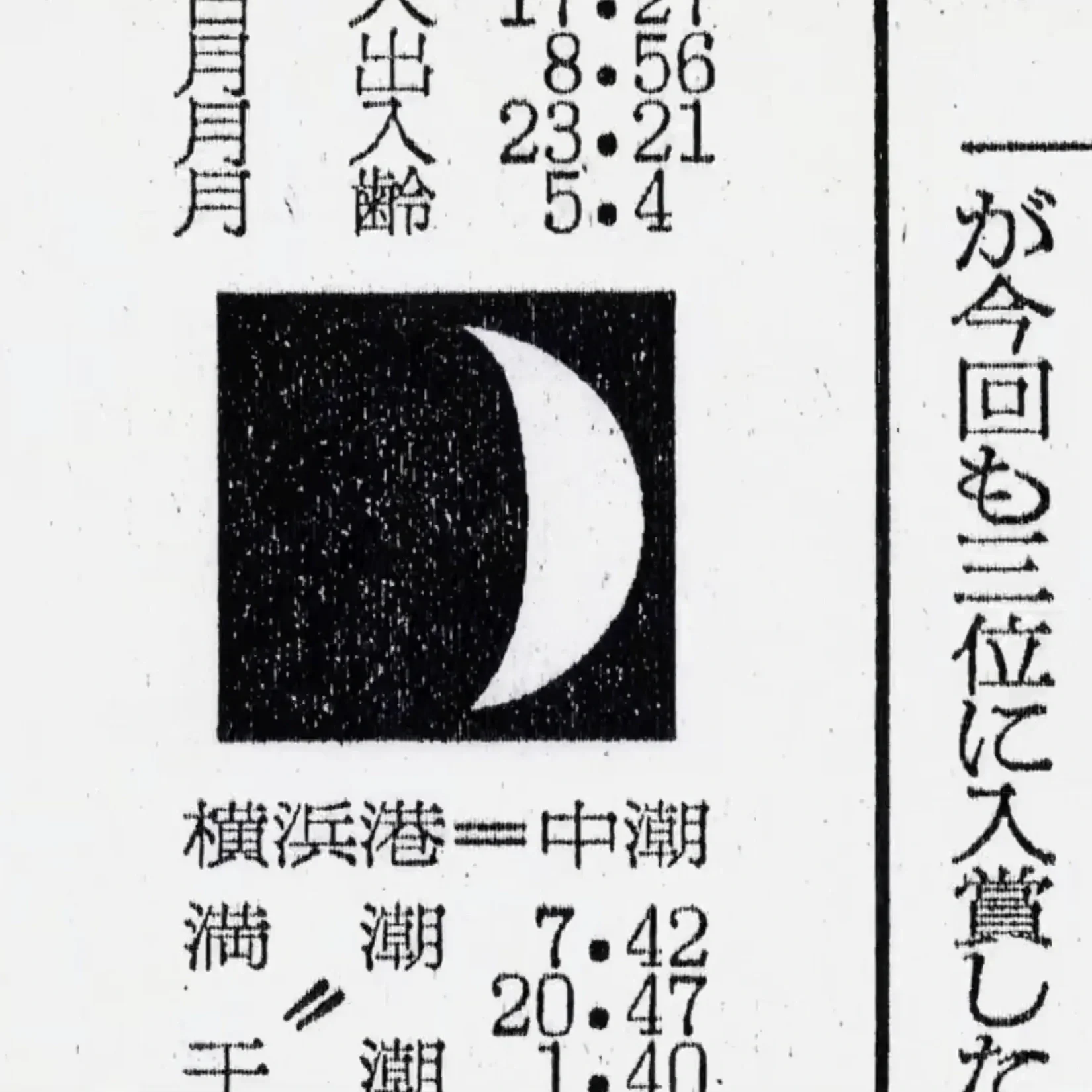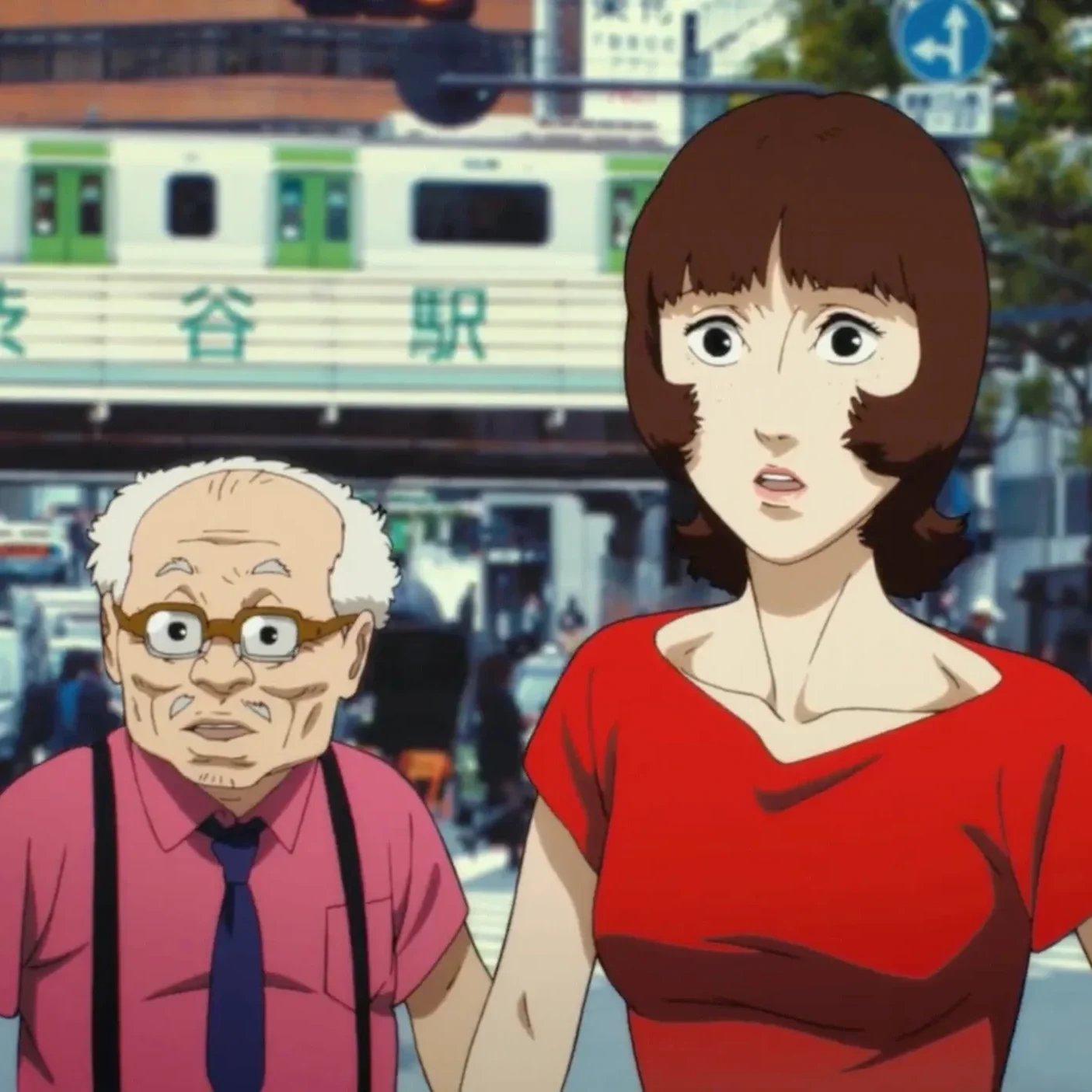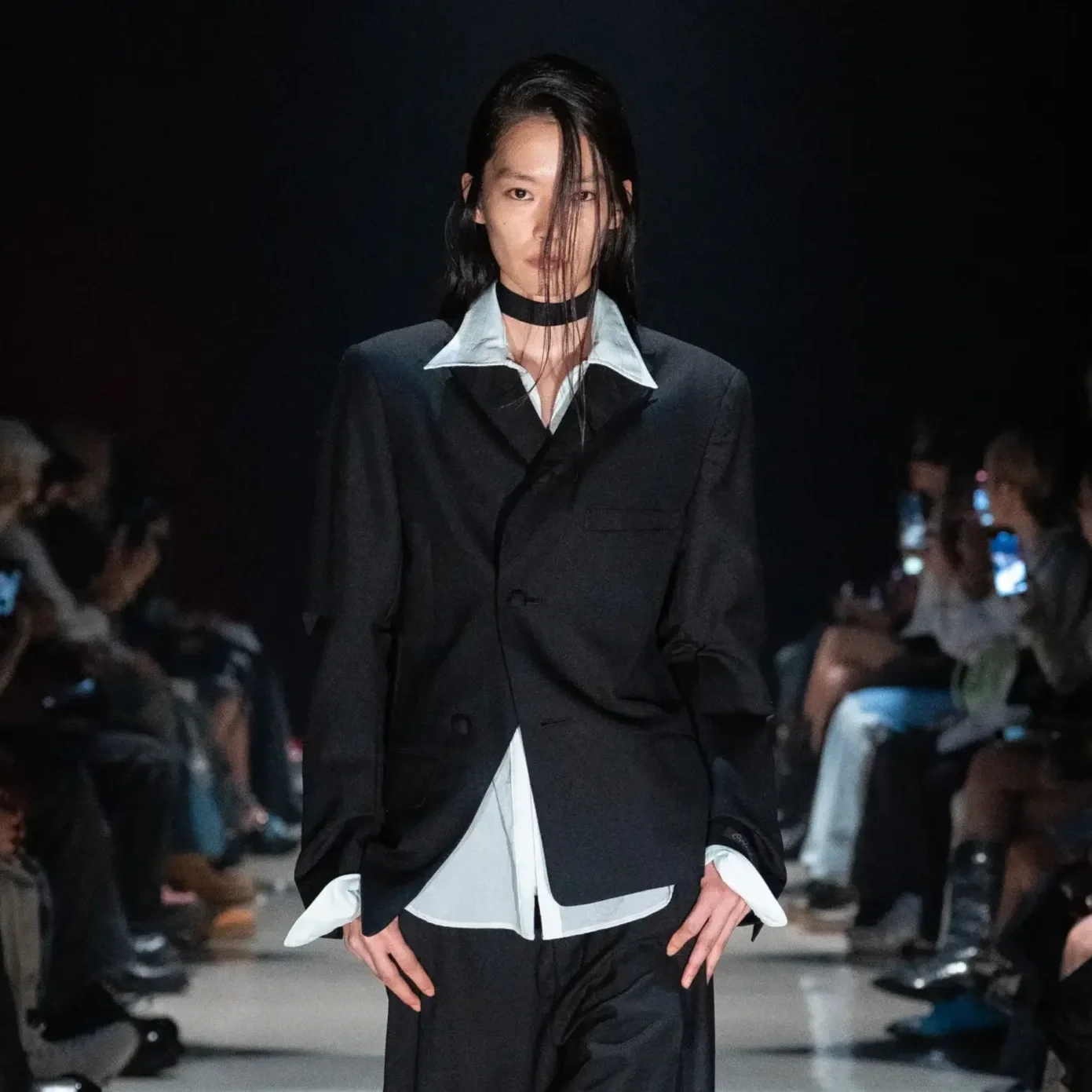The Yakuza Incident that Reshaped Japanese Cinema
Battles Without Honor and Humanity│© Toei
Up until the early 1970s, the yakuza were depicted in Japanese cinema as principled outlaws who followed a strict code of honor and integrity. In Kurosawa’s 1948 movie “Drunken Angel”, he portrays the yakuza as complex and morally ambiguous characters.
All of that changed in 1973, which marked the start of the yakuza’s unromanticized portrayal in Japanese cinema. The cause for this change in direction? The events unfolding in the ranks of a particular yakuza family, the Yamamori.
Yamamori-Gumi
The Yamamori-gumi was a yakuza family founded in Kure, Hiroshima Prefecture in 1946. During the Korean War the family prospered due to arms contracts with the US military for South Korea. The money started flowing in and the family expanded at a fast rate. But it didn’t take long until things started to go downhill once the Yamamori got involved in the Philopon trade.
Battles Without Honor and Humanity│© Toei
Philopon essentially serves as the Japanese label for Methamphetamine. Within Japan, this substance was employed as a workforce enhancer. The term means "passion for labor” and was administered to both military personnel and within government-run factories. The Philopon trade drove the Yamamori so far as to demand a 70% cut of its lieutenants’ income. This led to divisions forming within the family ranks.
One side advocated for more decentralization and was against the meth trade, while the other side supported the Yamamori’s unchallenged authority and wanted to stay involved in the meth trade. The result was an internal power strife in 1954 led by 4 members. On the anti-meth side we have Tetsuya Sakai and Toru Ueda, on the pro-meth side we have Uichi Shinkai and Shuji Yano. The years that followed, were filled with a series of assassinations of Yamamori members, leaving Tetsuya Sakai as the last man standing. He started his own investment firm with the earnings of the Yamamori family, while trying to forge an alliance with another yakuza family.
Battles Without Honor and Humanity│© Toei
In 1956 Tetsuya Sakai was gunned down by Yamamori's last loyal hitman Masakichi Makihara. The Yamamori family regained its power, if only as a wounded shell of its former self. Still this doesn’t explain the shift of direction in Japanese cinema. Therefore we have to look at one specific member of the Yamamori-gumi: Kozo Mino
Kozo Mino’s manuscript
The man at the center of documenting the events unfolding within the Yamamori family is member Kozo Mino. Mino fought in World War II, and returned to Kure once the war had ended. In 1947, a friend of Mino’s (who so happened to be a Yamamori member) got involved in a quarrel with another yakuza member. Mino confronted the yakuza who injured his friend, to the extent of shooting him in front of Kure station. His actions resulted in an invitation to join the ranks of the Yamamori family’s young members.
Battles Without Honor and Humanity│© Toei
For over 15 years, Mino was a loyal Yamamori member, witnessing the internal struggles of the family first hand. He got arrested in 1965 and sat out his sentence in Abashiri prison. While in prison, Mino decided to write a memoir, a manuscript spanning 700 pages on 400 character paper, laying out the inner conflict that poisoned, divided, and almost destroyed the Yamamori-gumi. Upon his release from prison in 1970, he decided to retire from the yakuza life.
His manuscript however would live on, and fall into the hands of journalist Kouichi Iiboshi, who started rewriting the manuscript as articles for the Weekly Sankei (週刊サンケイ) in 1972. It’s these articles that led to a movie series that would change the yakuza’s cinematic portrayal forever.
Battles Without Honor and Humanity│© Toei
The Yakuza Papers
The articles written by Kouichi Iiboshi were the inspiration for a series of movies that go by two names: “The Yakuza Papers'' or “Battles Without Honor And Humanity”. Screenwriter Kazuo Kasahara specifically demanded to write only about the Kure incidents, aka the Yamamori power strife. He did not want to write about the bigger Hiroshima events that unfolded years later because they were too complicated to be explained in a movie.
Battles Without Honor and Humanity│© Toei
In total, 10 movies titled “Battles without Honor And Humanity” were produced over the span of 30 years. Most of them were filmed in the 70s. The film series marked a new approach to portraying the raw and immoral violence that took place within yakuza families between 1945 and 1970. The first movie in the series, the original Battles without honor and humanity, starts in 1945 Kure. It follows the path of Kozo Mino himself, who in the movie goes by the alias Shozo Hirono.
The impact of the Yamamori incident on Japanese cinema is undeniable. Kozo Mino's manuscript, a deeply insightful narrative of the Yamamori family's inner conflicts, served as a conduit for the truth to reach the public. From the hands of journalist Kouichi Iiboshi, Mino's story found its way into the realm of cinema through the "Battles Without Honor and Humanity" series. The Yamamori incident and its aftermath, as depicted in the "Battles Without Honor and Humanity" series, showcased the darker aspects of yakuza culture, puncturing the myth of unwavering honor and revealing the underlying tensions and violence.
Battles Without Honor and Humanity│© Toei













The anarchic tribute that brings tokusatsu back from cultural oblivion.